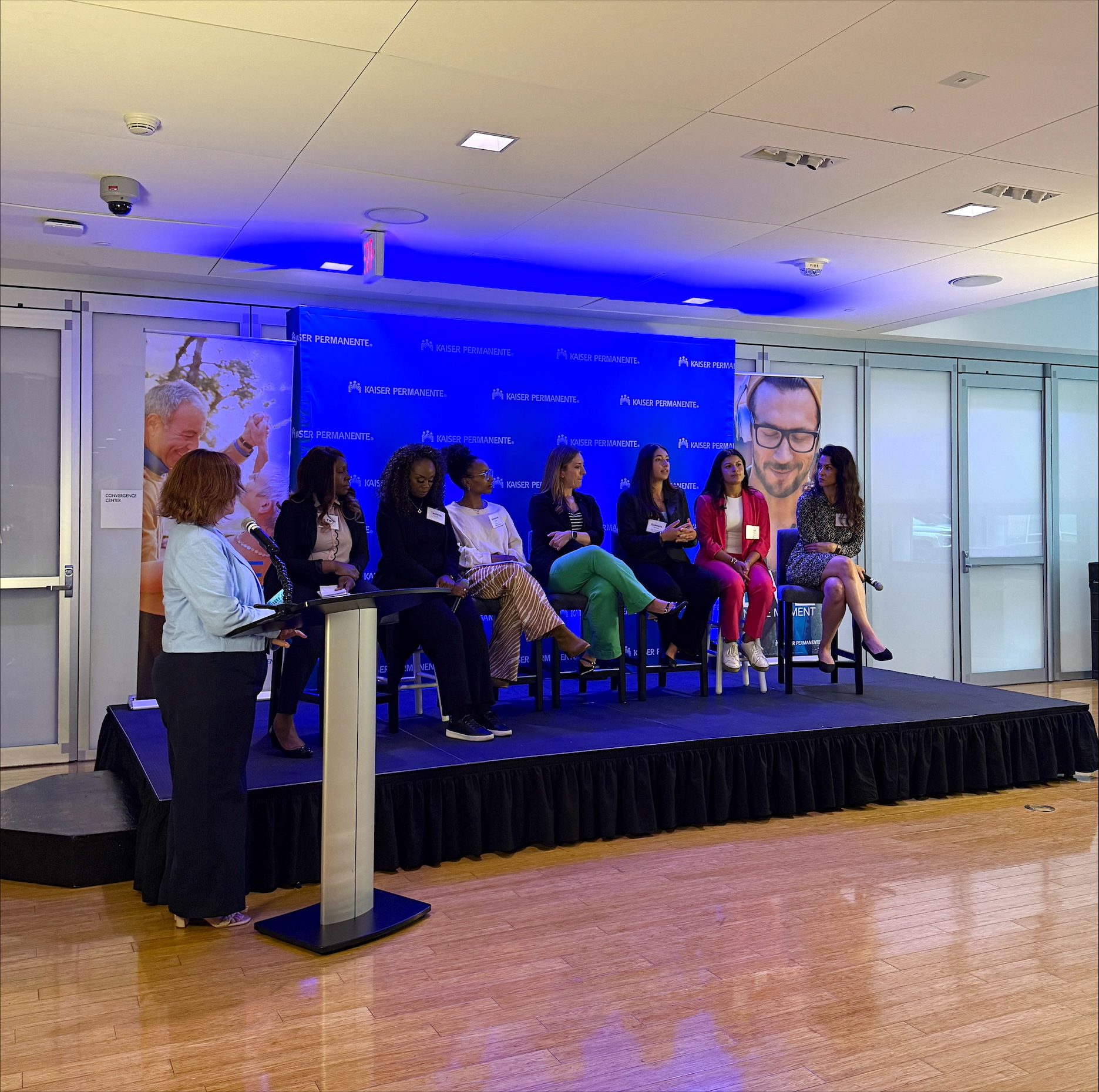Sift through those life tidbits that are stored in your memory banks and pull out what you recall learning about when you were in preschool. What do you remember? Many people would say that preschool seeks to teach children how to behave and interact well with others. Perhaps you recall some oft-repeated phrases like “sharing is caring,” “treat others how you want to be treated,” and “remember to wait your turn.” However, as children progress through school, it seems as if much less emphasis is placed on such social and emotional skills and more solely on the familiar subject areas of math, science, and language arts.
According to a recent study conducted by Education Week, about half of the educators who participated in the survey said that social-emotional skills do not receive enough attention in their schools. It is possible that this will change soon since 67% of educators in 2015 note that social and emotional learning is important, a 13% increase from the previous year. More and more educators are advocates of social and emotional learning and say that it has a positive impact on student achievement, has the potential to reduce the need for discipline at school and can help improve school climates.
But what is social and emotional learning (SEL) anyway? The organization, Collaborative for Academic, Social, and Emotional Learning (CASEL), a national organization dedicated to the development of academic, social and emotional competence in students, describes SEL as the process through which children and adults acquire and effectively apply the knowledge, attitudes and skills necessary to:
- Understand and manage emotions
- Set and achieve positive goals
- Feel and show empathy for others
- Establish and maintain positive relationships
- Make responsible decisions
Based on those desired outcomes, SEL is organized into five competency areas: self-awareness, self-management, social awareness, relationship skills and responsible decision making. These are terms that we use in casual conversation, but it is sometimes difficult to define them. CASEL uses the following explanations:
- Self-awareness – The ability to accurately recognize one’s emotions and thoughts and their influence on behavior.
- Self-management – The ability to regulate one’s emotions, thoughts, and behaviors effectively in different situations.
- Social awareness – The ability to take the perspective of and empathize with others from diverse backgrounds and cultures, to understand social and ethical norms for behavior, and to recognize family, school, and community resources and supports.
- Relationship skills – The ability to establish and maintain healthy and rewarding relationships with diverse groups and groups.
- Responsible decision making – The ability to make constructive and respectful choices about personal behavior and social interactions based on consideration of ethical standards, safety concerns, social norms, and realistic evaluation of consequences of various actions, and the well-being of self and others.
SEL curriculum does not have to stand alone but can be easily integrated into a school’s core curriculum. The online site Edutopia offers several videos to showing many ways that teachers are weaving SEL into activities and routines. For example, a teacher in Alaska approaches teaching math as a social activity. He holds discussions with his students before the math activity about how students should behave and work together, monitors his students during the activity to ensure that students feel supported, and creates time for students to ask questions and share their thought processes with classmates.
As children get older, SEL is just as important. In some high schools, advisory groups set aside time each day for small groups of students to spend time with a teacher mentor to discuss their lives and schoolwork, thus creating open pathways of communications as well as a supportive environment.
Keep in mind, SEL does not have to be confined to school settings. These skills can be practiced in our everyday interactions with others, anywhere and at any time. SEL is already embedded in what we do if we can simply be more conscious of our feelings and interactions with others and apply that understanding so that we can all get along with one another.




